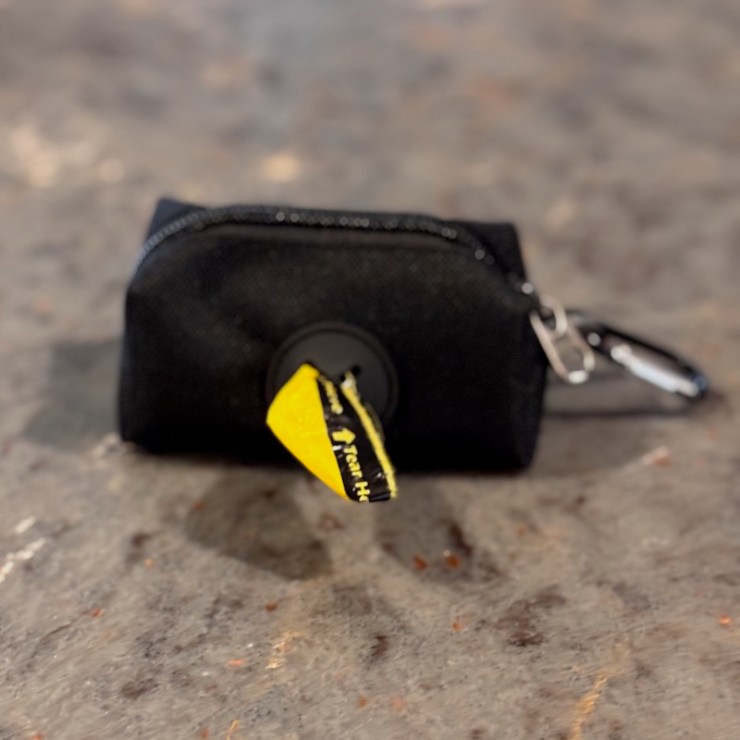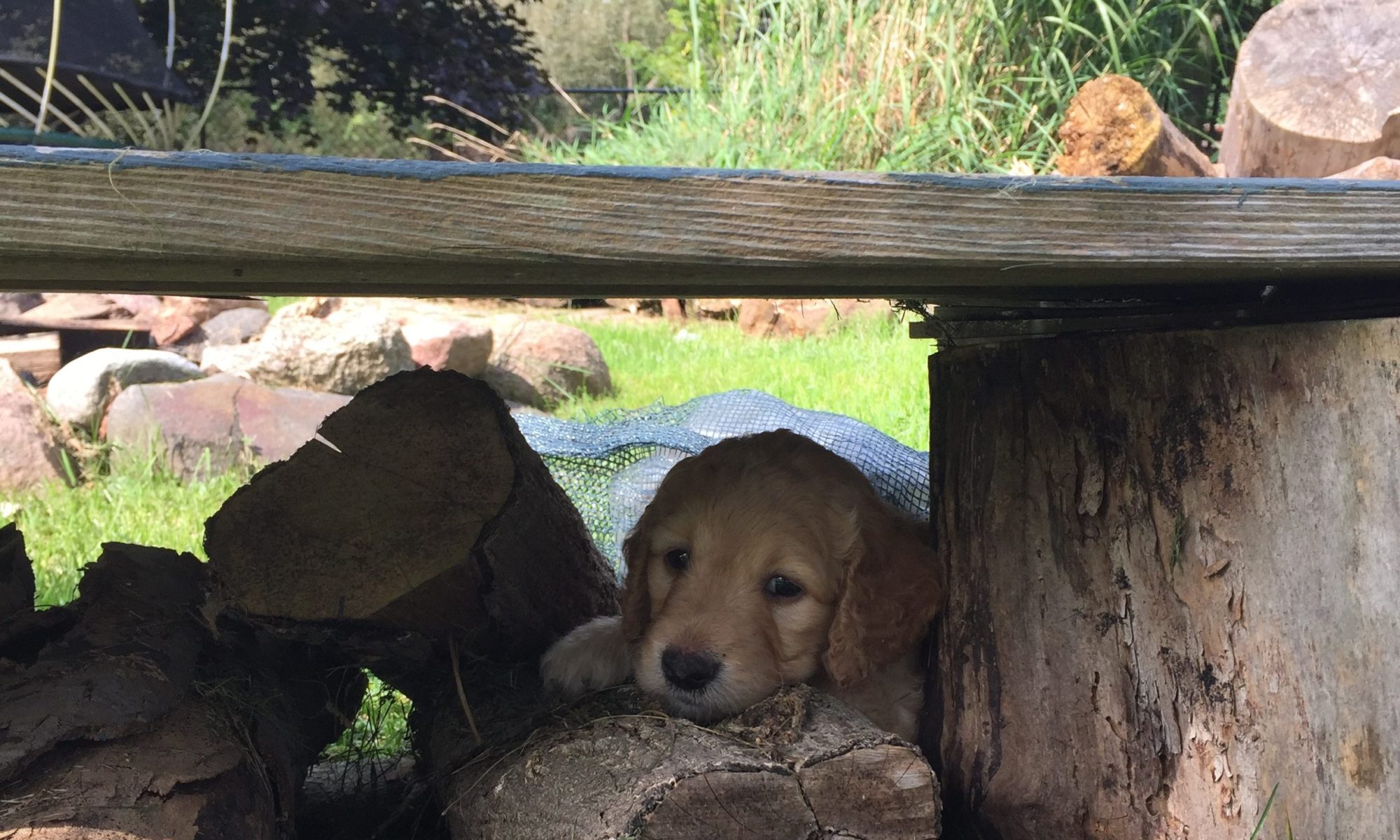
- VET APPOINTMENT: Book your upcoming veterinarian visits for your booster vaccinations.
- Millie’s Litter: The puppies’ first set of vaccinations will be administered on November 26, 2025. The second set of vaccinations is due on December 24th, and the third set will occur four weeks after the second set of vaccinations are given.
- Deworming – when you take your puppy home, they will have been dewormed three times.
- Puppies November 26th Fecal Check is negative for worms
- PUPPY CLASS: Your puppy will respond best with Positive Reinforcement. Research and find a puppy class or trainer that trains using this method. Your puppy will have a great start with us, but it will still require lots of socialization and training once it leaves our home! Puppy class is a great way to bond with your puppy and socialize with other people and puppies. Your trainer is a great resource and can help with any problems. Remember that most classes require your puppy’s second set of vaccinations. Keep this in mind before booking your course.
- If you decide on Pet insurance, Sign up for 30 days of free Trupanion Pet Insurance. You can sign up 24 hours before picking your puppy up or on the pick-up day. A reminder email with instructions will be sent before your puppy’s pick-up.
- PUPPY AREA: Set up your puppy area before arrival. If you plan to Crate Train your puppy, have it ready to introduce to your puppy when they arrive home. Also, have food and Water Dishes ready.
- Your puppy is teething. Provide them with lots of chew toys. We have included a Bully Stick in the take-home package. Benebone, Yak Chews, and raw marrow bones are great treat ideas for your puppy to chew on.

Training treats: We have included puppy training treats in the take-home package. Puppies are food-motivated, so these are an excellent reward for training. You can start by using their dry kibble as a reward, but small, soft treats are perfect for a quick reward when teaching new skills.
Take-home treat bag includes Bully Btick, Whimzees, Old Mother Hubbard dog biscuits. and, a sample of “Firm-up dry pumpkin”. The photo’s below are the package details for your reference.





Puppies are teething and need something to chew on. Below are ideas for chews for your puppy.





On pick-up day, you will receive an Information Folder containing your puppy’s Vet Folder and Microchip form. You will complete this form during pick-up.
Things to consider when planning to bring your puppy home
- Think about how you will transport your puppy. Some families prefer to hold their puppy, while others prefer to put it in a crate for the car ride.
- You may need to stop for a potty break if you travel a distance. No need to worry; your puppy’s take-home package includes a collar, leash, and potty bags. We also include a collapsible water dish in case your puppy is thirsty.
- Some puppies experience car sickness on the way home, so bring an old towel or some paper towels, just in case.
- Be aware when puppies are anxious, they may pant and drool.





Once you arrive home, you will want to establish your puppy rules from the beginning. If you don’t want your dog on the couch, don’t let your puppy on the couch from the start. Consistency is vital—The whole family must be on the same page when raising your puppy.
- Have a potty break before you bring them into their new home.
- Introduce your puppy to their puppy area. In your take-home package, your puppy will have a small blanket with their mama’s scent and Snuggle Puppy with their littermate’s scent. Place these items in their crate when you arrive home and introduce your puppy to its crate. These familiar scents will comfort your puppy in their new home.
- Your puppy may feel anxious, and you might want to limit visitors for the first day or two while it settles into its new home.
- It is essential to continue socializing with people and dogs. If you have family or friends who have a dog that is up-to-date on vaccinations, you can introduce them to your puppy. No interaction with dogs that you don’t know
- Puppies may not want to eat their food, but don’t worry—they will eventually eat when they feel more comfortable.
- Your puppy may develop loose stools because of anxiety. A tablespoon of pure pumpkin with their meal can help firm up their stools. Firm-up is also a good option (a sample pack is in your take-home package).
- Goldendoodles are companion dogs who love to be part of the family. Your puppy wants to be part of your family, too. If you are spending time watching TV, bring your puppy with you.
- It can take up to three weeks for a puppy to settle into their new home.




Feeding your puppy
We have included approximately five days’ worth of food for your puppy in the take-home package. Keep your puppy on Orijen Puppy large breed for at least one month. It is a high quality food. I feed our puppies from the same food bowls, so it is difficult to gauge how much each puppy is eating. Some puppies may eat more, while others may eat less.

- Feed your puppy 1/2 cup to 3/4 cups of food, three meals a day.
- The recommended amount of kibble is 160 g divided into three meals.
- Increase amount of food as your puppies grow. (see the feeding guidelines from the Orijen Puppy Food package below).
- Note: overfeeding a puppy can cause loose stools


It can take between four and six months of age to fully potty train your puppy
Please take advantage of the early training we have already started. When you take your puppy home, teach them that “the acceptable place to go potty is outside.” This means NO POTTY PADS. If you introduce potty pads, you teach your new puppy that it is “okay” to go potty inside your home.
After you bring your new puppy home, teach it to walk to the door. Do not carry it. When the puppy learns to walk to the door, this will alert you that it needs to go. Bells hung on the door are a great idea to alert you that your puppy needs to go outside. Teach your puppy to ring the bells with their paw each time you take them out.
Incorporate regular potty breaks. Puppy bladders are small and can only “hold it” for short periods. How long can they “hold it”? The general rule is to take the puppy’s age in months and add one—e.g., a two-month-old puppy: 2+1 = 3 hours. Therefore, you should take your puppy out every two hours for a potty break. Use positive reinforcement when your puppy eliminates in the designated area. Do not scold your puppy when it has an accident. If your puppy has an accident, take it outside to its designated spot, reinforcing the appropriate place to go. Be sure to clean the area where an accident occurred with an enzymatic cleaner to eliminate the odour.
Do not use treats when potty training, as this distracts the dog from the task and puts it on the food. You do not want the dog’s brain on food when it is time to relieve itself. Keep the focus on the task at hand. Rewards for going potty should be the relief the dog feels when it empties itself and your happiness that the dog did the right thing, i.e., verbal praise, a pet, and/or a back scratch. Puppies and dogs are perceptive and know when humans are happy—they want to please!
Can my puppy “hold” it all night?
It is not likely that your puppy can go the whole night without a potty break when you first bring them home. When your puppy whines in the middle of the night, chances are they need to go outside for a potty break. Take them to their spot and say, “Go potty.” After they have relieved themselves, give your puppy a short praise and return them to their crate. If you pay too much attention to them now, they may continue to wake you up “just for the attention.”
Helpful tips
- Feed your puppy three meals daily, removing any leftover food when it is done. This will help you know when your puppy needs to go outside for a potty break. If your puppy always has food available, it will need to go potty more frequently, making it harder to know when to go outside.
- Do not feed your puppy or let them drink water too close to bedtime in the evening. ( Take food away after dinner; take water away three hours before bedtime.)
- Don’t give your puppy too much room to roam your house.
- Before putting your puppy in their crate, ensure they have had an outside potty break.
- Take your puppy outside frequently—about every two hours. If they are having accidents before this time, take them out sooner.
- Take your puppy outside immediately after they wake up, play, and eat or drink.
- Pick a potty spot outside, and always take your puppy to it. This helps them “smell the spot” and know it’s the place to go potty. Use a command word such as “Go Potty.”
- Some people like to put their puppy on a leash when they go to the potty area. This helps them learn to go to a specific spot.
- Reward your puppy with verbal praise, a pat, and/or a back scratch every time it goes potty outdoors.



